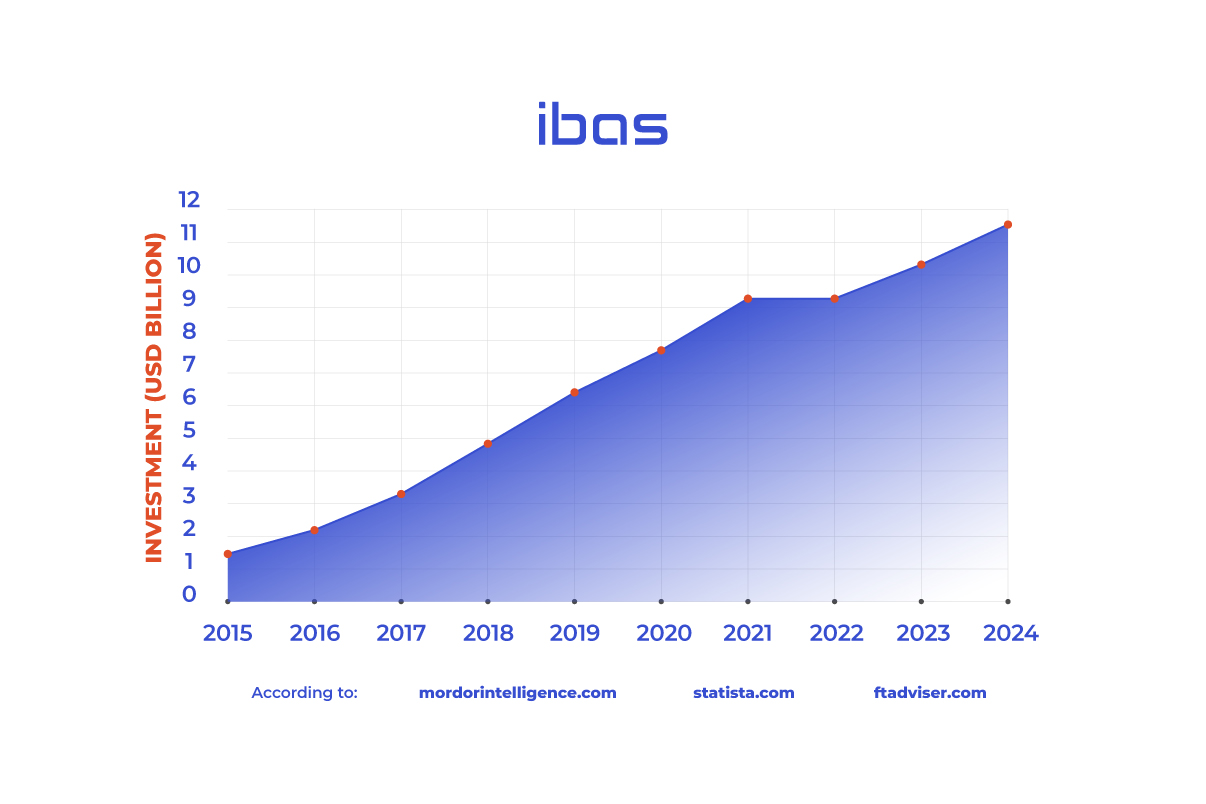What are commercial receipts?
A commercial paper is a short-term, unsecured debt instrument issued by businesses. It is usually used to finance short-term obligations such as wages, accounts payable, and inventory or goods for sale (Baklanova, et al., 2020).
The commercial receipt specifies an amount of money that must be returned by a certain date (maturity). The minimum value of commercial receipts is usually $100,000, while maturity or repayment terms range from 1 to 270 days (Baklanova, et al., 2020). On average, the turnaround time is 30 days (Hayes, 2022).
How do commercial receipts work?
The commercial paper was first introduced about 150 years ago, when New York merchants began selling their short-term obligations to brokers in order to have sufficient capital to cover short-term obligations.
Selling agents, or brokers, buy the paper (also known as a bill of exchange) at a discount from face value, otherwise known as the “Par” value. They then sold the paper to banks and other investors. Traders paid investors an amount equal to the face value. For example, they would take a commercial receipt for a few percent less and sell it for the value described on the receipt.
A commercial paper is not backed by any form of collateral, making it unsecured debt. It differs from asset-backed commercial paper, a class of debt instruments secured by assets chosen by the issuer (Hayes, 2022). However, it remains at the discretion of the parties to the transaction how they wish to handle and secure their contractual relationship.
In any case, commercial receipts are issued only by companies with high ratings from credit rating agencies (Hayes, 2022). These companies can find buyers easily, without having to offer a significant discount for issuing debt. Buyers of commercial receipts are usually other corporations, financial institutions and wealthy individuals (Baklanova, et al., 2020).
Types of commercial receipts
There are four types of commercial receipts: bills, drafts, checks, and certificates of deposit (CDs) (Hayes, 2022).
Bills of exchange
Promissory notes are debt instruments written by one party to another, promising to pay a specified amount of money by a specified date. Bills of exchange are a common way of issuing commercial receipts.
Drafts
A draft is a written agreement between three parties: a bank, a payee and a payee. The bank instructs the issuer of the commercial receipt to pay the lender (payee) a specified amount of money at a specified time. A draft is a written agreement between three parties: a bank, a payee, and a payee. The bank instructs the issuer of the commercial receipt to pay the lender (beneficiary) a specified amount of money at a specified time.
Checks
Checks are paid at the bank’s request, not by time. They are the fastest way to issue commercial receipts. For this type of commercial receipt, the issuing company instructs the bank to give the recipient a certain amount of money at a certain point in time.
Certificates of deposits
Certificates of deposit are monetary documents through which the bank claims to have received a sum of money deposited by an investor. The bank agrees to return this money as well as interest at a certain time in the future. The certificate specifies the interest rate and maturity date.
Advantages of commercial receipts
The main advantage of commercial paper is that they do not need to be registered with the Securities Exchange Commission (SEC), as long as the maturity does not exceed 270 days. This makes them a simple means of financing. Although maturities can take up to 270 days before entering the SEC’s jurisdiction, commercial paper maturities average about 30 days (Hayes, 2022).
The trade receipt is also easier to handle, compared to the effort, time and money involved in getting a business loan. It offers issuers the advantage of lower interest rates, while offering investors a low risk of default. Trading receipts provide an effective way of portfolio diversification.
Shortcomings of commercial receipts
Companies must have extremely good credit (credit) to issue commercial receipts. So, not all businesses have the option of issuing them. Furthermore, the proceeds from this type of financing can only be used for current assets or inventories. They are not allowed to be used for fixed assets without the involvement of the SEC (Hayes, 2022).
Low interest rates for issuers mean low rates of return for investors. Also, due to their considerable value, receipts tr
equity is not readily available to smaller investors. However, they can invest indirectly through companies that buy commercial paper.
Commercial receipts versus bonds
Both are debt instruments. However, there are important differences between them. Commercial receipts have a maturity of one to 270 days, while bonds have a maturity of one to 30 years (CFI Team, 2022)
The commercial receipt has no periodic payments. Everything is paid in one payment at maturity (Hayes, 2022), whereas bonds pay interest at regular intervals (Parker, 2022).
An example of a commercial receipt
Assume that a construction company is looking for short-term funds to finance the supply of construction material. The company needs 100,000 euros. It offers investors commercial receipts with a nominal value of 105,000 euros. When the commercial paper matures, investors receive an interest payment of €5,000 along with the €100,000 they lent. This is equivalent to an interest rate of 5%. This interest rate can be adjusted in relation to time, depending on the number of days for which the commercial receipt is unpaid (Outstanding).
Is a trade receipt a type of debt?
Yes. Commercial paper is short-term and (un)secured debt issued by institutions that want to raise the necessary capital for a short period of time. It is an alternative to taking out a business loan.
Who are the main buyers of commercial receipts?
Due to the considerable amount of emissions, the main buyers of commercial receipts are large institutions. According to the SEC, these institutions include: investment companies, retirement savings funds (Retirement accounts), state and local governments, financial and non-financial institutions (Baklanova, et al., 2020). Individuals can also be purchasers of commercial receipts.
How do individuals invest in commercial paper?
Since the minimum investment amount is usually not small, the best way to invest in commercial paper for investors with smaller amounts is to put money in companies that buy commercial paper. This includes money market funds, mutual funds and “Exchange-traded funds” (Hayes, 2022).
Briefing
Commercial paper is unsecured debt with a short maturity (up to 270 days), issued by companies with a high credit rating. It offers a more profitable opportunity to raise funds to pay short-term expenses, compared to taking a business loan.
Commercial paper can also be more profitable for issuers because of the low interest rate and quick maturity. Although this rate is not always as attractive to investors, it can have a higher return than that offered by some bonds (eg Treasury Bills) (Hayes, 2022). Also, it is an investment option that can help diversify the portfolio.
Commercial paper can be seen as a low-risk investment, due to the high credit rating of the issuers. However, it should be borne in mind that like any other investment, it also involves a degree of risk (Hayes, 2022).




